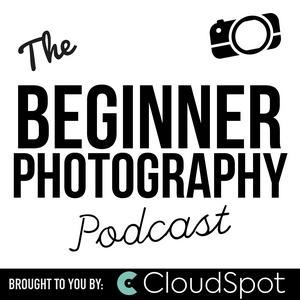Light Made Simple: 4 Secrets to Instantly Improve Your Photos
#594 In this episode of The Beginner Photography Podcast, we explore the fundamental role that light plays in photography. Enroll in the Ultimate Photography Education Bundle Today - https://beginnerphotopod.com/bundle The learning objectives are clear: listeners should be able to identify and observe how light intensity, direction, color temperature (white balance), and the shape of light (hard vs. soft) influence the mood, feel, and technical quality of their images. Raymond emphasizes that no amount of gear or editing can substitute for a keen awareness of light. He encourages photographers to practice seeing and understanding light even without a camera, and to apply these lessons intentionally in their photography.Key Topics Covered:Element 1 - Intensity of Light:Raymond explains how the brightness of light affects both exposure and the emotional impact of a photo. He gives examples of how harsh midday sun creates energetic, high-contrast scenes, while softer light (such as shade or overcast) leads to more intimate, flattering portraits.Element 2 - Direction of Light:The direction from which light hits a subject dramatically alters mood and visual interest. Through familiar analogies (like campfire stories with a flashlight), Raymond demonstrates how front, side, and back lighting can make images feel flat, dramatic, or mysterious.Element 3 - Color of Light:Color temperature (white balance) is covered in depth, with practical advice on using camera presets (cloudy, tungsten) for consistent results. Raymond illustrates how warm and cool lighting can change both the look and mood of a scene and why setting white balance in camera can simplify editing.Element 4 - Shape of Light (Hard vs. Soft):Using stories from daily life, Raymond helps listeners visualize the difference between small, harsh light sources and large, diffuse ones (like a cloudy sky or a softbox), stressing how soft light is generally more flattering for portraits.Watch the Free Maximizing Mini Sessions Video training and start earning money with your camera!https://beginnerphotopod.com/minisConnect with Raymond! Go from Confused to Confident behind the camera with The Ultimate Photography Education Bundle - https://beginnerphotopod.com/bundle Join the free Beginner Photography Podcast Community at https://beginnerphotopod.com/group Grab your free camera setting cheatsheet - https://perfectcamerasettings.com/ Thanks for listening & keep shooting!


